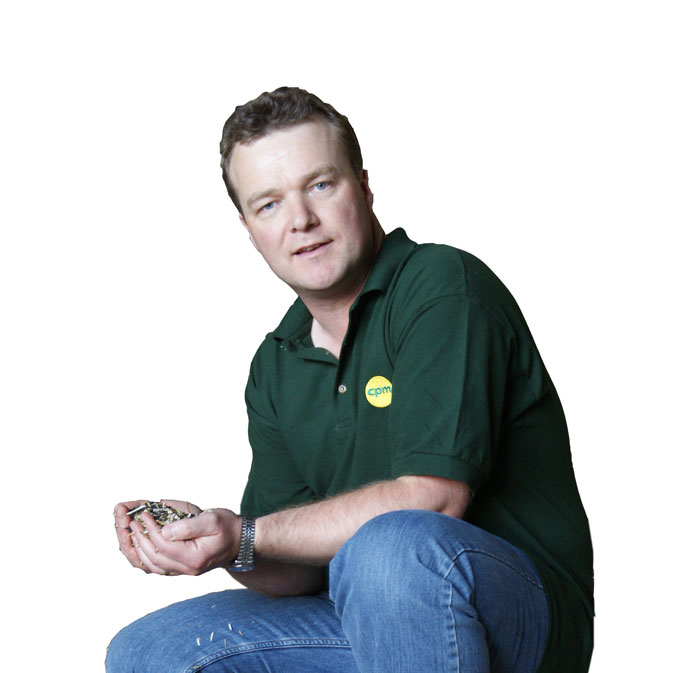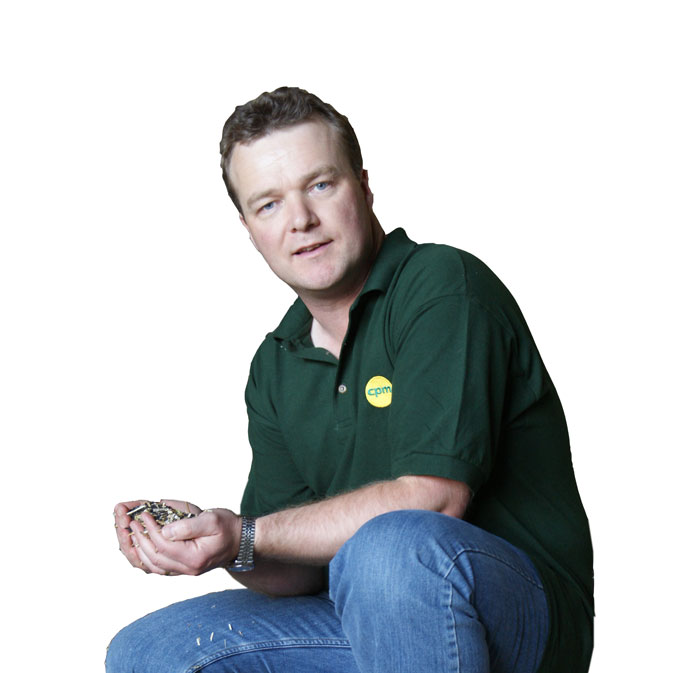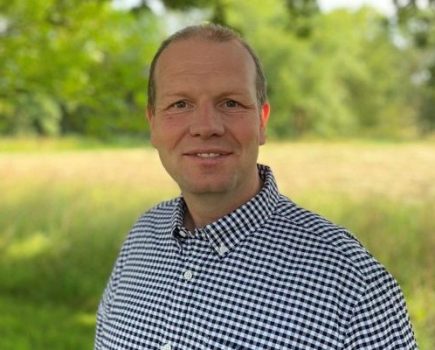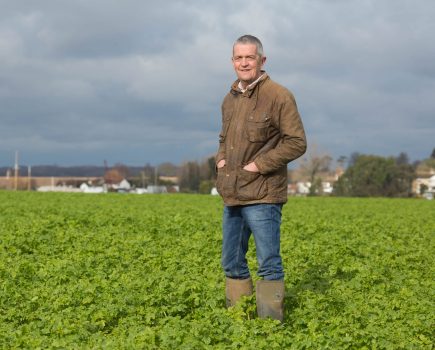 OK, it has my attention now – I’m listening.
OK, it has my attention now – I’m listening.
For years – decades even – we’ve been hearing about climate change. But if I’m honest I’ve done precious little about it and given it no more than the virtue-signalling platitudes we often hear from those we ought to respect. I know I can improve my carbon footprint. I know I’m sitting on a chunk of land that can help Society offset its damaging impact on the planet. But frankly, no one yet has made a convincing business case for me to apply the time and resources to do so.
Now, however, I think there might be something in this. As South America consumes itself in the fires of its own forests and the world looks on in numb disbelief. As acts of civil unrest and a schoolgirl who sails across the Atlantic result in actual changes in political direction. As politics itself is swept into a vortex, spun around by individuals so self-obsessed and lacking in credibility it’s impossible to judge where the world will be when the spinning stops. Is this not the point at which opportunity presents itself?
The NFU has already taken the first step, announcing in Jan at the Oxford Farming Conference an ambition for UK Agriculture to reach Net Zero by 2040. The reaction, it says, has been roundly positive, even from organisations that have tended to criticise the industry for a perceived poor environmental performance. More detail on this ambition has now been published.

The journey to Net Zero starts here, in a major new initiative from CPM, while we also look at fertiliser, seed, no-till and root crops.
But if we’re going to do this, we do it properly. There must be a clear reward for those who make the genuine effort to reduce their carbon footprint and a robust system of payments for those who successfully sequester carbon for the long term.
The issue I’d like more information on is the balance between productivity and overall production. If you look at the carbon balance sheet for cereals and oilseeds, around 80% is related to fertiliser. This suggests the route to Net Zero lies simply in cutting out the fertiliser, i.e. go organic. But I’m sure there’s far more to it than this. We know the economic argument for the inputs we apply, and through YEN, for example, we’re understanding more how these can be targeted. What happens when we explore more closely how we can get carbon value for the carbon input we apply?
But to get some proper answers will involve a serious time commitment – I’d have to use one of the industry tools available to calculate my carbon footprint before I can then investigate how to adjust the carbon balance. I’d like more than a pat on the back from my customer for the effort. I’d like the firm promise of an actual financial premium paid for the carbon credits I can then accrue. And I’m not going to be told it’s in my interest because I’ll discover where I can save costs – I’m pretty sure the exercise will cost far more than the potential savings, and there are plenty of ways I can make financial savings that don’t involve a carbon accounting tool.
There’s also the impact on overall production. UK combinable crop growers produce twice the global average per ha. This suggests we’re actually pretty efficient at doing so, although this doesn’t necessarily account for carbon efficiency. The net effect of moving to a carbon-focused production system may be that overall production reduces, particularly if land is removed from production for long term sequestration. Will we therefore export our food production needs and therefore our carbon footprint? Even if we are only comparatively carbon efficient at growing food, it makes little sense to import the crops we could grow here from places that, for example, are currently burning down rain forest to meet global food demands.
The great unknown in this, however, is the soil – we don’t currently know its potential to sequester carbon let alone the differences soil type and individual practice will make. But wouldn’t it be interesting to find out, particularly if there was a returns-based reward scheme for the carbon benefit that resulted?
The NFU suggests there should be farms on which actual sequestration through a number of different practices is closely monitored, and these would act as proxies for other farms. The structure’s already in place through the AHDB Monitor Farms. What’s more, there’s huge potential to develop these as platforms to evolve, develop and discuss a soil-based carbon sequestration scheme at a regional level, involving local farmers.
Here at CPM, we think there’s enough to give this subject plenty of page space, which is why we’ve started a major new initiative: Destination Net Zero. That journey starts in this issue, and we intend to explore the unknowns, grill the experts and champion the good ideas in the months and years ahead. It’s a bold journey with an ambitious target, but we have until 2040 to get it right and perfect the plan. And there’s no one better placed to meet the challenge and lead the ideas than the CPM reader.
Tom Allen-Stevens has a 170ha carbon processing, sequestration and storage unit in Oxon. @tomallenstevens




